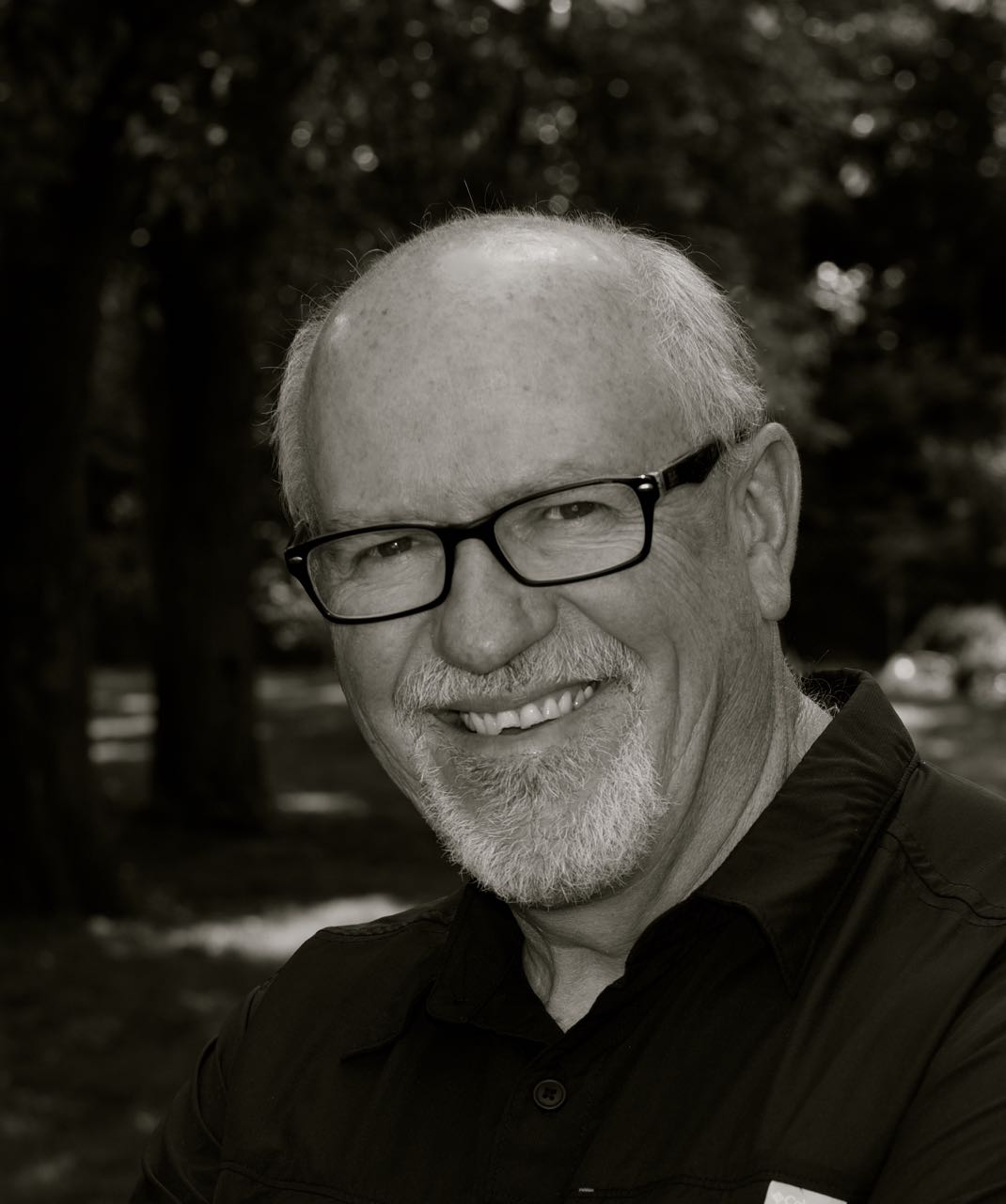As much as I love my cameras and have deep, emotional attachments to them that borders on the obsessive, they do not reciprocate with warm, fuzzy feelings; they are rather emotionless and cold since, after all, they are just machines. That’s probably a good thing for my marriage.
No matter how much you pay for them or obsess over them, the camera has one basic function: record light. That’s all it does; record light. You press a button, things start opening and shutting with one basic purpose; record light.
Therefore, understanding how light is captured by a camera is one of the most important aspects of photography.
It doesn’t matter if you are holding a cheese ball camera given to you as a door prize at Chucky Cheese’s or a $20,000.00 camera/lens combo from Nikon, there are always three things that determine how light is finally recorded;
- shutter
- aperture
- film speed
Think of it this way; a camera operates basically like an eyeball. To be able to see anything, you have to open your eyelid (shutter) and then your pupil adjusts in size to let in the right amount of light (aperture). Unfortunately, that’s where the comparison breaks down because there is no correlation in your eyeball to film speed.
Film Speed
At the back of your camera is the place where all light is recorded. With film, it was a plate that the film advanced across with each frame. The film rests against the plate and, when you open the shutter, light falls on it and the image is made. With digital, its called the CCD.
Film has always been measured by film speed. When you buy film, you have choices between ISO ratings of 100, 200, 400, 800, 1600, and 3200 speed film. Without getting too technical, film speed determines how quickly the light is recorded on the film. Therefore, if you wanted high quality landscape images you choose 100 speed. For shooting sports, you’d choose 3200. If you get familiar with them, most digital cameras have a setting on them where you can choose film speed (even though there’s no film). There is a rule with film speed: faster speed equals less resolution.
Shutter speed
Shutter speed is measured by the second. 1/100th of a second will freeze an animal in mid-stride. 1 second (or longer )is typical to blur a waterfall. Then, sometimes, I leave it open for several minutes like I did in this image that was captured in full moonlight seen below.
The shutter is the eyelid of the camera and how fast it opens and shuts is another way to control the light. For example, in low-light conditions, you want the shutter to be open a lot longer to record the light. On bright, sunny days, it will close pretty fast.
The King (fast shutter speed caught him mid-stride – 1/250th of a second)
Alluvial Fan ( slower shutter speed helps blur the water – set at 1 full second)
Prairie School (this was in full moonlight and the shutter was open 60 seconds)
Aperture
The aperture is the pupil of the camera. It opens up very wide or closes down to barely bigger than the tip of a pencil.
Very important photography trick: How big or small the aperture is determines how much of the image will be in focus.
- The smaller the aperture, the more the image will be in focus. (great for landscapes)
- The larger the aperture, the less the image will be in focus. (great for close-ups and portraits)
Here’s an example of a small aperture setting. I can enlarge this and the cowboy in front and the cattle in the back will all be in focus.
Leader of the Pack (small aperture = much in focus)
Now here’s an example of a large aperture setting:
Snow Dollops (large aperture made bridge out of focus which was my intent)
Miss Madison (larger aperture makes her in focus, but background out of focus which is ideal for portraits) 
You don’t have to have a fancy camera to do all of this, but it will help you understand the settings on even a very inexpensive camera.
Let me illustrate the settings your camera will go to if you choose any of those icons shown above:
Portrait Mode: Wide open aperture to make the background out of focus so the subject will be set apart
Landscape Mode: Aperture will almost close so much more will be in focus
Close up/Macro Mode: Wide open aperture to make the background out of focus so the subject will be set apart
Sports/Action Mode: Shutter speed will be set to at least 1/500th of a second
Night mode: Shutter and aperture will be wide open to let in as much light as possible. You most likely will have to use a tripod.
Here’s a simple rule: If the shutter speed is less than 1/60th of a second, use a tripod or you’ll get hand-shake which will blur your images.
If you’d like me to look at some of your images or have any questions, please feel free to email me: rick.mcnary@gmail.com
I’d love to see the images you capture!






